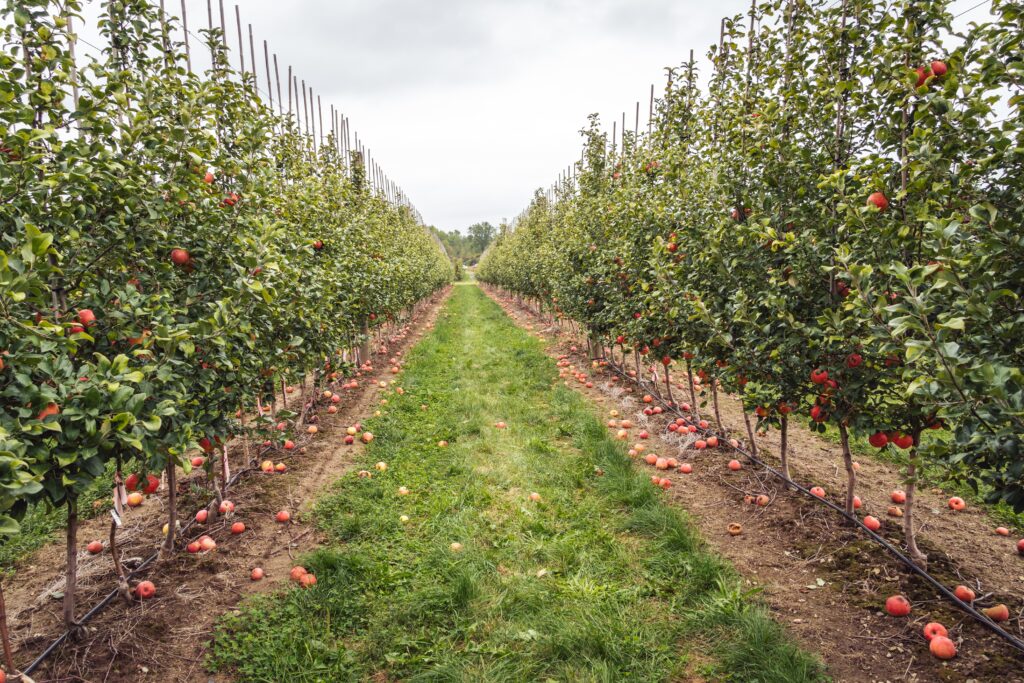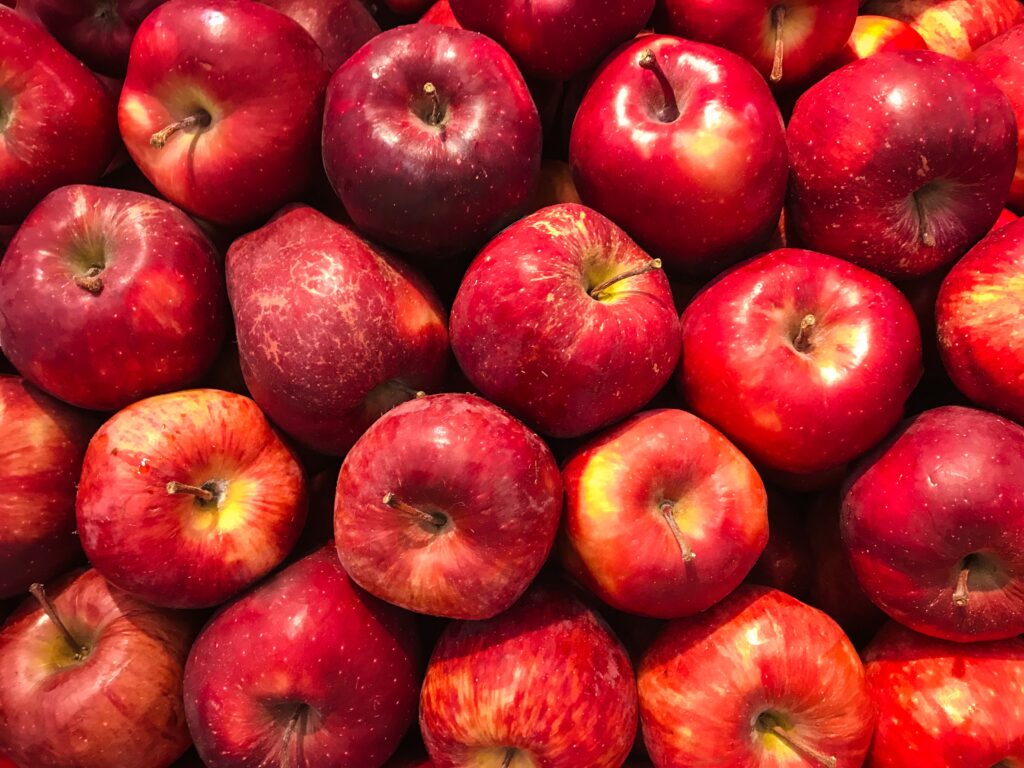In recent years, the agricultural industry has seen significant advancements in the use of technology to streamline processes and improve efficiency. One such development is the incorporation of robotic systems for carrying out dangerous treatments in the field.
A large-scale pilot in Spain has concluded that the use of these systems can increase the efficiency and safety of these tasks. For farmers, the ability to delegate the most hazardous tasks to a robot would not only simplify their work but also increase the efficiency and safety of the treatments. They would only need to focus on selecting the appropriate treatment and preparing it, while the robotic system would handle the rest. This would also significantly reduce the amount of time plants are exposed to the treatment, leading to a more efficient process overall.

The Role of Robotic Systems in Ensuring a Thriving Agricultural Industry
But the benefits of this technology extend beyond just the farmers. The use of robotic systems for dangerous treatments would also have a positive impact on society as a whole. By increasing the efficiency and safety of these tasks, we can ensure that the agricultural industry can continue to thrive and provide the resources we rely on.
As we look ahead to 2023 and beyond, the motivation to continue testing and developing these technologies remains strong. The opportunity to test new smart spraying technology and extract data from apple orchards will keep the team in Spain pushing forward and seeking new ways to improve the agricultural industry.
Overall, the incorporation of robotic systems for carrying out dangerous treatments in the agricultural industry has the potential to revolutionize the way we approach these tasks. With the combination of increased efficiency, safety, and simplicity, it is a development that we should all be excited about. We look forward to seeing the impact it will have in the coming years.

